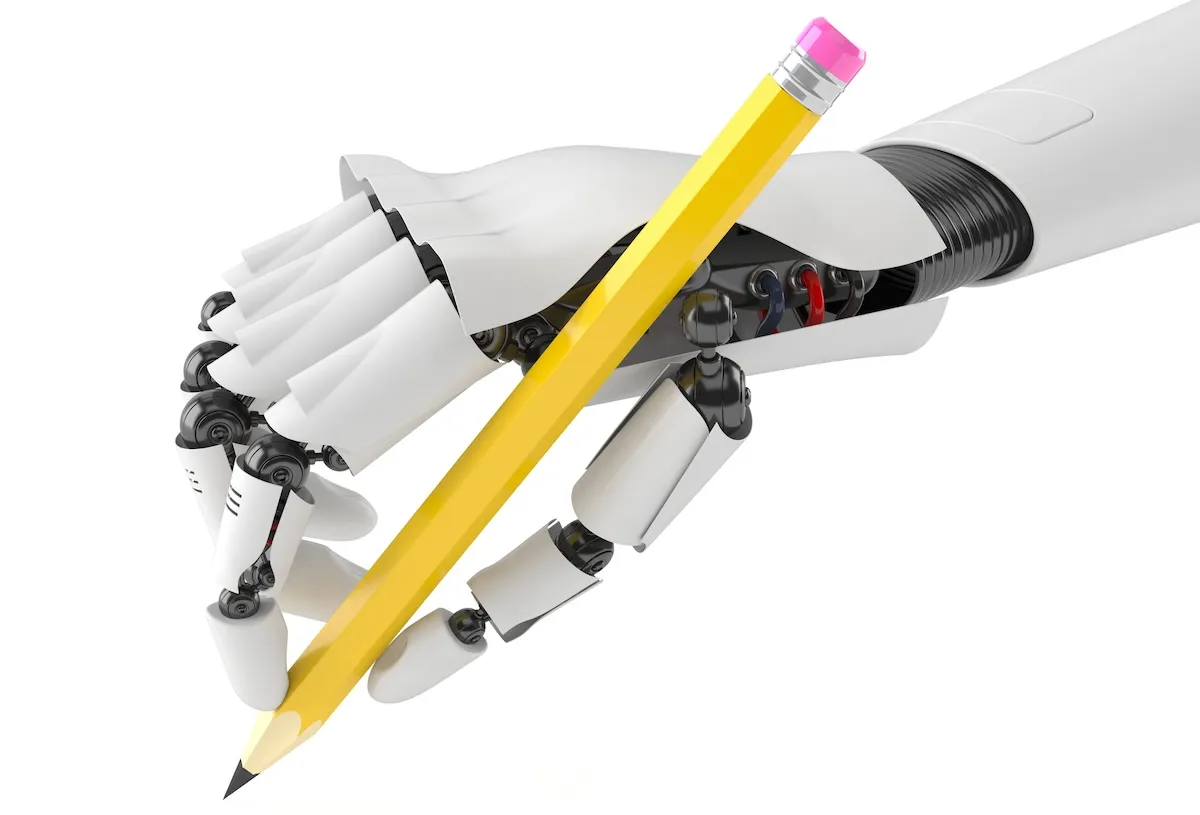Apparently not drone enough to get the job done, the U.S. Navy Research Lab‘s Tempest Unmanned Aerial Vehicle takes a cue from Xzibit and packs two smaller Cicada glider drones of its own that it can launch mid-flight. These smaller drones, while not as feature-laden as their mother, are impressive in their own right, particularly their efficiency. Their logic boards double as their wings, for instance.
Of course, to say they’re efficient doesn’t mean they don’t have any features. They still pack a 2-axis gyroscope and GPS circuits for navigation, just like your smartphone, but a Cicada drone can get a little more done during a fall from 18,000 feet, things like traveling 11 miles and landing within 15 feet of a specified target, no small task.
The Cicada, again like your smartphone, is powered by a lithium-ion battery, but unlike your smartphone, the Cicada doesn’t have a camera — yet. The drone is still in testing and has come a long way from early models that, instead of being launched by another drone, were fired out of a gun, which is still cool. By the time they’re ready for combat, they’ll doubtlessly have all kinds of cameras, network sensors, and other classified tech you haven’t heard of. They probably won’t, however, have drones of their own, which is kind of a bummer.
(via DailyTech)
- The computers controlling Predator drones got keylogged
- This drone can hack your Wi-Fi
- Iran has a downed U.S. drone they’re trying to reverse engineer







